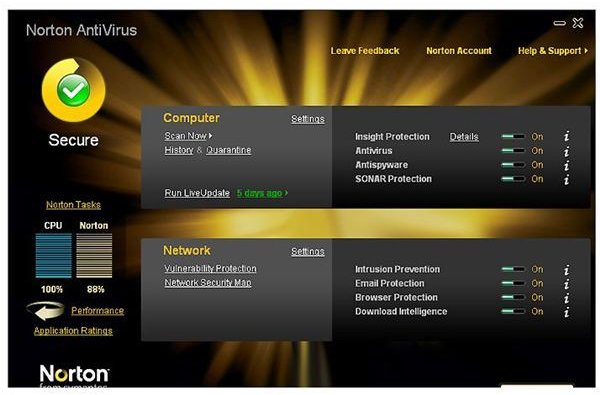

Emotet and TrickBot were among Malwarebytes’ top five most-detected threats against organizations.Īpart from this data, there are many other stats that can blow one’s mind. The report also found that businesses were once again hammered with Trojan families, including Emotet and TrickBot, which saw an increase of 6 percent and 52 percent, respectively, last year.

HackTools are a threat category for tools used to hack into systems and computers. Top cybersecurity challenges that organizations and individuals face in 2020 include phishing, ransomware, cryptojacking, Internet of Things (IoT) attacks, etc.Īccording to Malwarebytes’ 2020 State of Malware Report, HackTools rose against consumers by 42 percent year-on-year. The Internet has made individuals, businesses and governments more efficient, but it has also made them more vulnerable than ever before to ever-growing cybersecurity threats. Read this ultimate McAfee versus Norton comparison to make a smart choice. McAfee and Norton are very close in protection rates overall, but there are a few significant areas based on the testing above where Norton performs just a little bit better.McAfee or Norton, which software is a better option in 2023? SE Labs said targeted attacks (where their experts tried to hack a system) were more of a problem for McAfee and others, while Norton was in a group that handled both targeted and widespread malware more effectively. McAfee scored a 99.8 percent online detection rate, a 100 percent online protection rate, and a 84.8 percent offline detection rate.įinally, SE Labs gave Norton a AAA rating for its July through September 2018 report, while McAfee received a AA grade. The Malware Protection test from September 2018 saw Norton hitting a 99.9 percent online detection rate, a 100 percent online protection rate, and an 81.5 percent offline detection rate. McAfee’s range was 98.5 to 100 percent, with fewer false positives. Norton consistently scored between 99 and 100 percent, with about four false positives. For AV-Comparatives, its real-world protection test ran from July to November 2018.


 0 kommentar(er)
0 kommentar(er)
